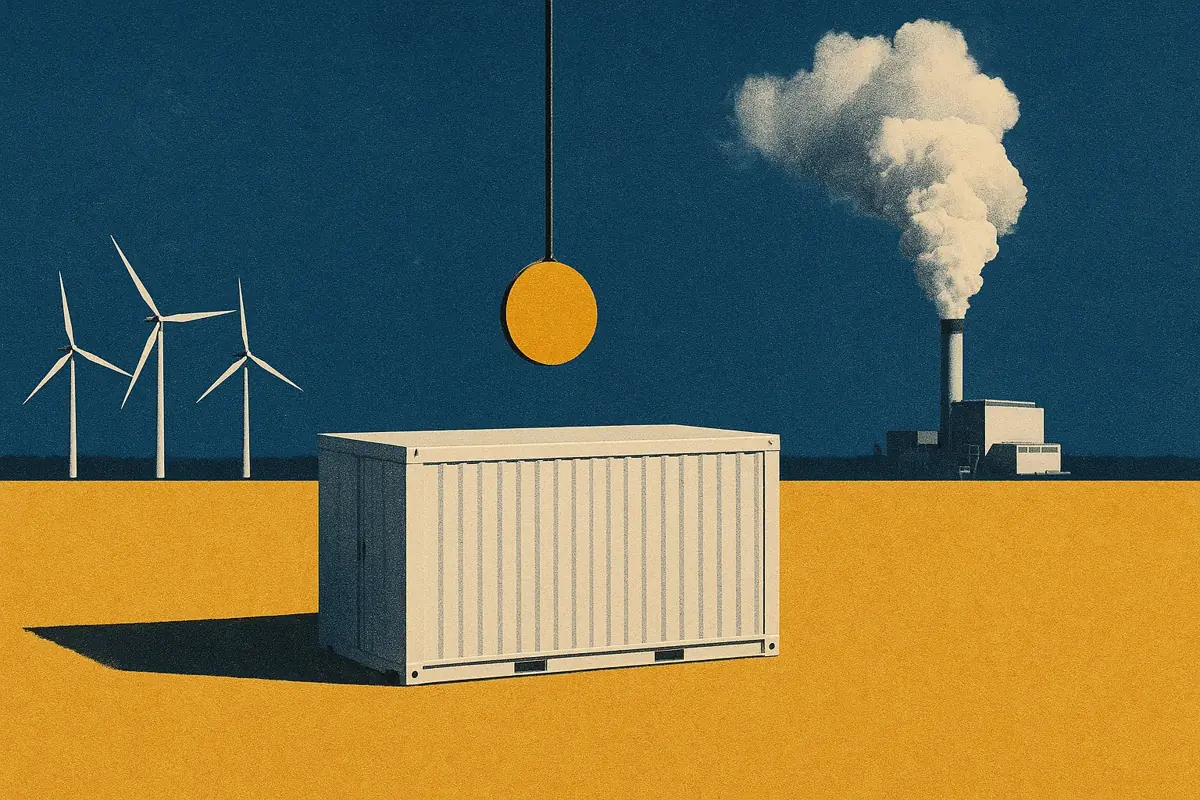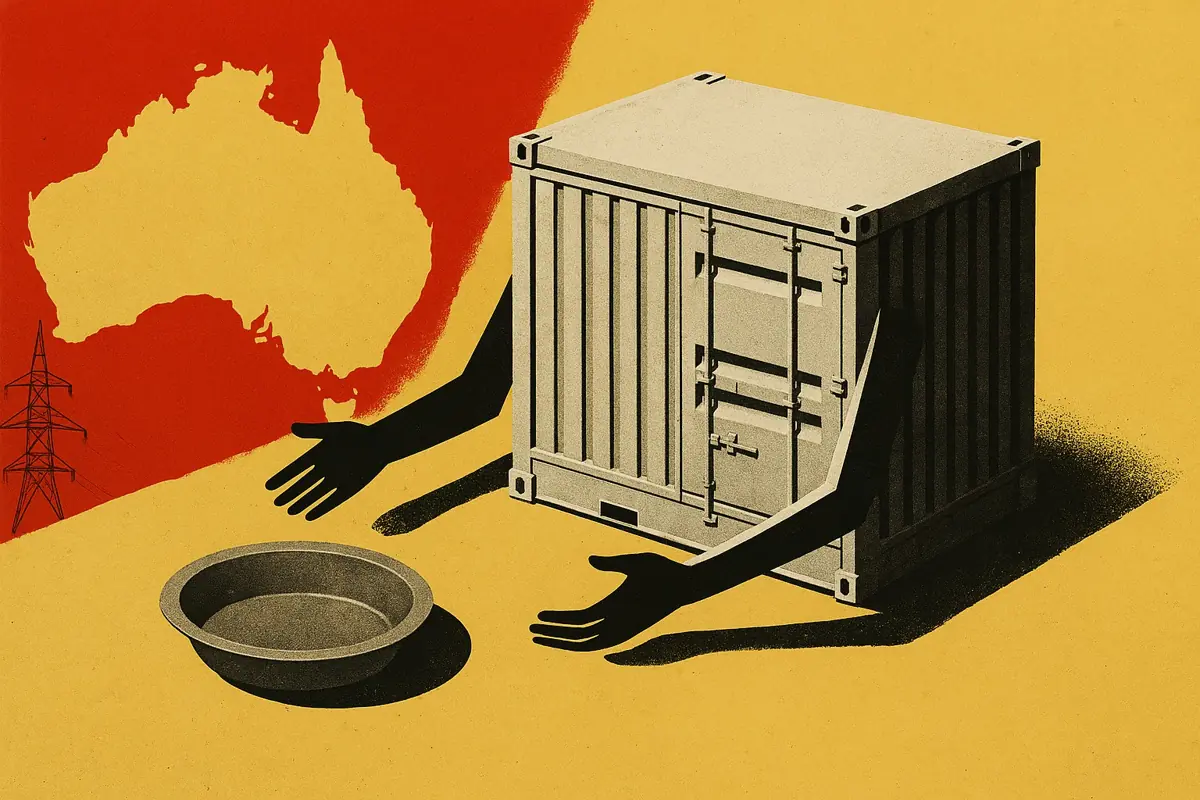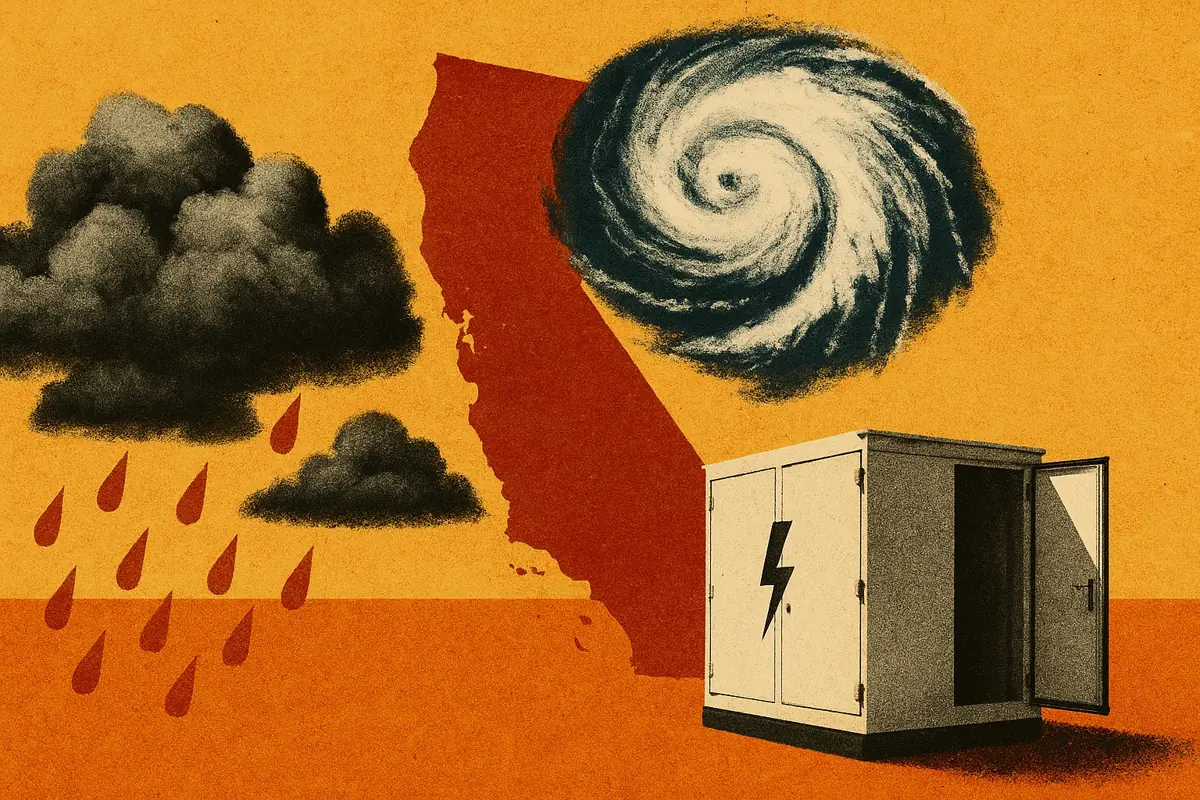Spain's battery energy storage market is at a critical point. Despite being a leader in renewable energy deployment in Europe, the country has only 18 MW of standalone batteries installed, which is 300 times fewer batteries than in Great Britain. But this paradox is about to end. New market mechanisms, soaring solar buildout, and grid stability challenges are converging to unlock one of Europe's most promising battery markets.
This research examines why Spain lags in storage deployment, what is changing now, and how developers can capitalise on the emerging opportunity.
Key Takeaways
- Spain has only 18 MW of batteries versus Great Britain's 5.6 GW
- However, 33 GW of solar installed capacity has seen annual capture rates fall to 56% in 2025, highlighting the need for increased flexible demand
- A new capacity market for 2025, followed by voltage control markets in 2026, creating reliable revenue streams over multiple years
- Daily price spreads hit a record €94/MWh in 2025 as rising solar production crashes midday prices
- Spain has allocated €700M through the European Regional Development Fund (FEDER) funding for standalone batteries
- April's blackout exposed the urgent need for increased grid stability
Why Spain has no batteries: Historical barriers
1. Robust grid management
Spain's transmission operator (REE) built Europe's most sophisticated renewable energy control centre (CECRE), which features:
- Real-time monitoring of all generators >1 MW
- Proactive renewable curtailment, keeping the grid stable despite 80% renewable penetration
- Limited interconnection with France (3 GW), forcing self-reliance
This centralised approach provides the TSO with tools to manage renewable intermittency effectively, delaying the need for flexibility and storage.
2. Hydropower dominance
Spain operates 17 GW of hydro capacity plus 3.3 GW of pumped storage. These assets have historically provided:
- Free synchronous inertia from spinning turbines when running
- Seasonal energy storage in reservoirs. Asset owners optimise based on the water value, considering power prices months into the future.
Spain's pumped hydro energy storage competes directly against BESS, limiting the battery storage opportunity in wholesale markets.
3. Missing ancillary markets
Unlike Great Britain or Texas, Spain never created ancillary service markets that net-zero systems need:
- No frequency response market: Large generators are mandated to provide reserves for frequency management for free
- No capacity payments: While GB batteries can earn 10-15% of their revenues from the Capacity Market, Spanish assets face pure merchant risk
- No voltage control market: Providing voltage control is an obligation, not a revenue stream
Without these revenue layers, battery economics would have been less attractive to investors and developers in the country.
4. The hydro-solar dynamic
The past two years have been exceptionally wet in Spain; by the end of May, total stored rainfall reached 43,412 cubic hectometers, 22% higher than the 10-year average.
This has led to hydroelectric production more than doubling from 14.2 TWh in 2022 to 30.4 TWh in 2024, despite no changes in installed capacity. This abundance of flexible hydro generation helped mask the growing solar pressure on prices, keeping daily spreads relatively compressed at around €73/MWh despite massive solar buildout.
These compressed spreads have lowered the energy arbitrage opportunity for batteries. However, despite another wet year in 2025, price spreads have risen back to 2022 levels. This effect is due to an increase in solar supply alongside stable year-over-year demand.
5. Extreme negative prices are rare
Until 2024, Spain had never experienced negative wholesale electricity prices. However, that is changing, and the number of negative price hours is growing faster than in France and Germany in 2025.
However, there's a crucial difference: while negative hours are increasing, prices remain close to €0/MWh rather than plunging deeply negative.
Two structural factors limit how negative Spanish prices can go:
- Limited interconnection: Spain's 3 GW link with France is isolating it from the negative price contagion in Central Europe. When German prices reach -€150/MWh, Spain can't import enough energy to bring the price down.
- Economic curtailment: Most Spanish solar installations are large commercial projects with remote control capabilities. When prices become negative, solar operators stop generating. This price-sensitive behaviour creates a floor near €0/MWh.
The increase in negative prices creates an opportunity for storage:
- Reducing revenue uncertainty
- Creating stable, modelable arbitrage patterns
But this may change as more must-run renewable capacity comes online and interconnection capacity increases, potentially deepening price troughs and widening spreads further.
The game changers: Why 2025 is different
1. Solar cannibalisation creates new opportunities
Spain's solar boom is collapsing revenues. As installed capacity has soared from under 10 GW in 2018 to 33 GW in 2025, the average capture price for solar generators has collapsed. Annual capture rates for solar have fallen from 83% in 2023 to 67% in 2024 and have averaged 56% so far in 2025.







